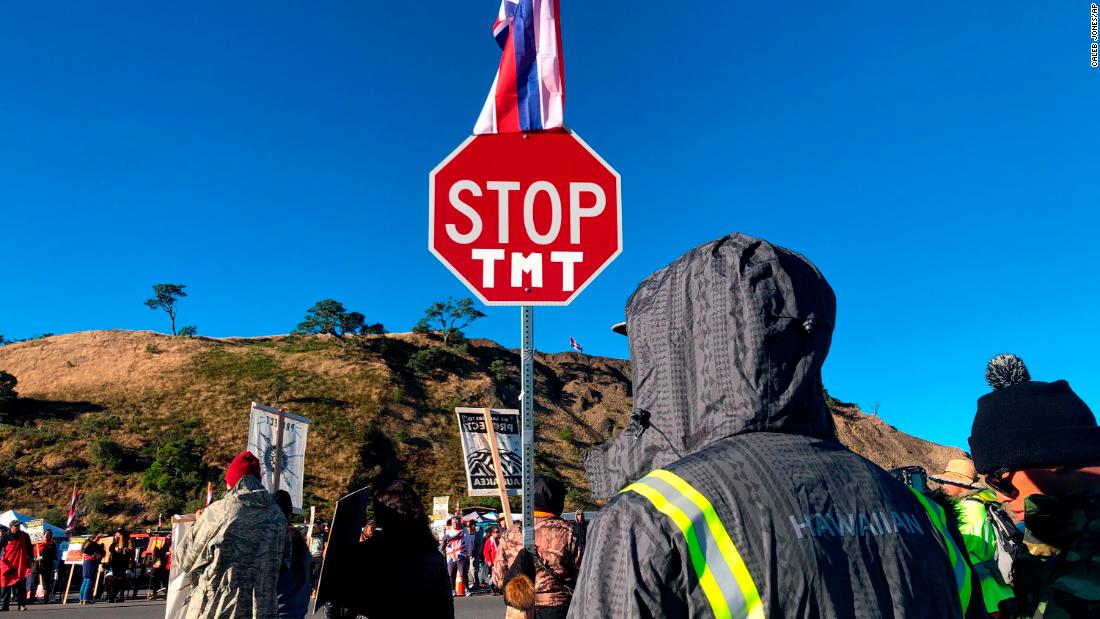

We kissed them on the cheek.”Ī few days later, Ige came to the highway, smiling and embracing the elders. “I understood that some of them were arresting their own family. Some greeted the kupuna by performing honi - touching foreheads and noses, exchanging breath - before gently placing handcuffs on them. As the younger protesters wept, police - many Native Hawaiians themselves - approached the elders, some in wheelchairs or walkers. “When that day came, the elders said that we would be the first to go, we would sacrifice ourselves, but that others would have to remain on the side in silence,” Wong-Wilson said. The elders had decided to put themselves on the front line, to protect the younger leaders from arrest. Nowhere was that philosophy more in evidence than on July 17, when state police began arresting the kupuna. At the heart of the resistance to the telescope is the concept of “ kapu aloha,” a Native Hawaiian philosophy grounded in compassion, respect, self-discipline and nonviolence. Drinking, smoking, even swearing are expressly forbidden. Donated clothes and sleeping bags are folded and rolled up in shelves, sorted according to size. A pig farmer picks up green waste from the fully stocked kitchen, for slop. Gray water is stored in large containers and hauled away.
#Thirty meter telescope protests methods portable
Neat lines of portable toilets are pumped out daily, according to organizers.

On a recent visit to the protest site at elevation 6,500 feet, it was hard to find a single piece of litter. Josh Green, who expressed “enormous respect” for “the protectors.” This was contradicted by subsequent official visits, including from Lt. He suggested protesters were using drugs and alcohol and leaving rubbish on the mountain. After the protesters occupied the highway, the governor issued an emergency proclamation and warned he would send in the National Guard. Polls also show Hawaiians disapprove of Ige’s initial handling of the crisis in July. “We think it’s fair to say that what is happening today in Hawaii isn’t just about the construction” of the Thirty Meter Telescope. Yet astronomers say they are caught up in a larger political issue of Hawaiian sovereignty and past injustices, astronomers Ed Stone and Christophe Dumas wrote in an Aug. Recent polls show a majority of Hawaiians favor the telescope project. Like the protests at Standing Rock over the Dakota Access Pipeline, the battle over Mauna Kea is part of a larger struggle over indigenous rights and the legacy of colonialism. “That’s akin to having a woman raped again and again, because subsequent rapes don’t count,” he said. Ching scoffs at the argument that since there are already telescopes on Mauna Kea, one more, albeit a much bigger one, won’t hurt. “It’s a connection between terra and the heavens - the gods,” added Ku Ching, 83, who holds degrees in chemistry and law and for decades has made pilgrimages from the Pacific Ocean to the summit at Mauna Kea. “We have a belief system that is based in nature and our environment.” As she spoke, younger Hawaiians began spreading straw mats on the pavement for the evening prayer.

“That is a challenge for most Western people to understand, because we don’t have buildings and churches,” said Wong-Wilson. Opponents argue that they are not anti-science, but that they don’t want a telescope with the footprint of a Costco on their sacred mountain. Thirteen much smaller telescopes, many built without Native Hawaiian input, already stand on Mauna Kea. “I think this is the biggest jump since we went from the naked eye to the telescope,” Bolte added. They were quickly released and have returned to their folding chairs on the highway, prepared for a long stay. On July 17, state police arrested 38 Native Hawaiian elders ( kupuna), including Wong-Wilson, for blocking the road. Large protests sprung up across the archipelago.Īt times the presence at the base of Mauna Kea reached 2,000 people - in essence, a small city, with medic and donations tents, a large kitchen, a volunteer “university,” and prayer ceremonies three times a day. Presidential candidate Elizabeth Warren tweeted her support. Celebrities, including Dwayne “The Rock” Johnson, Jason (“Aquaman”) Momoa and presidential candidate Tulsi Gabbard, a Hawaii congresswoman, showed up at the mountain. They occupied the Mauna Kea Access Road, blocking equipment trucks from ascending to the summit and drawing massive support via social media. David Ige announced that construction on Mauna Kea was imminent, opponents mobilized. Through years of legal battles and protests, Native Hawaiians and their supporters pledged to stop the telescope project at all cost.


 0 kommentar(er)
0 kommentar(er)
